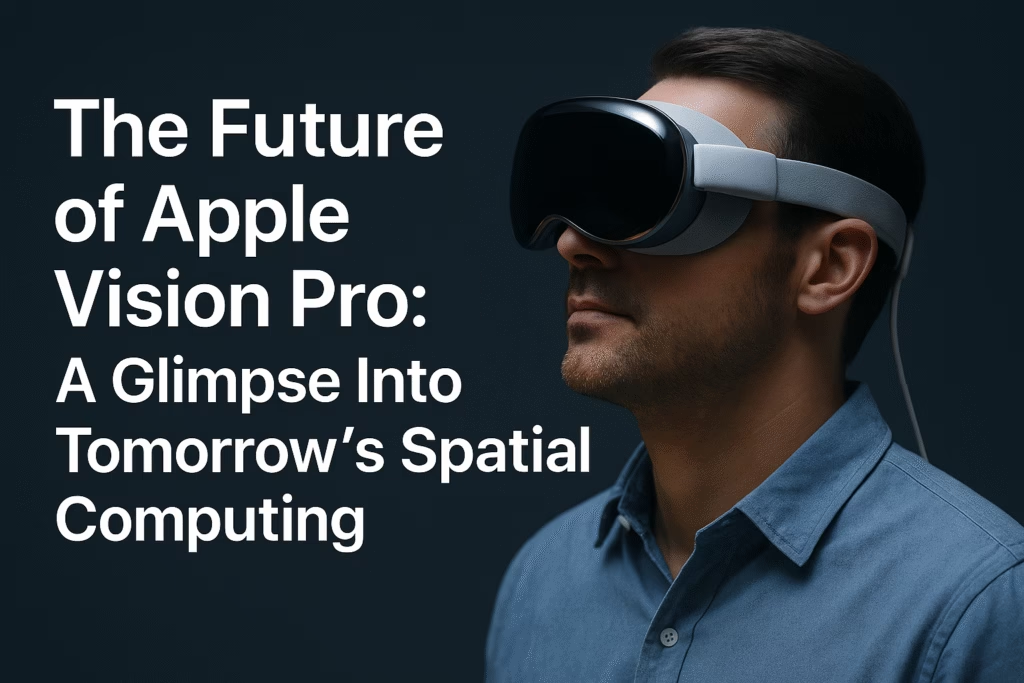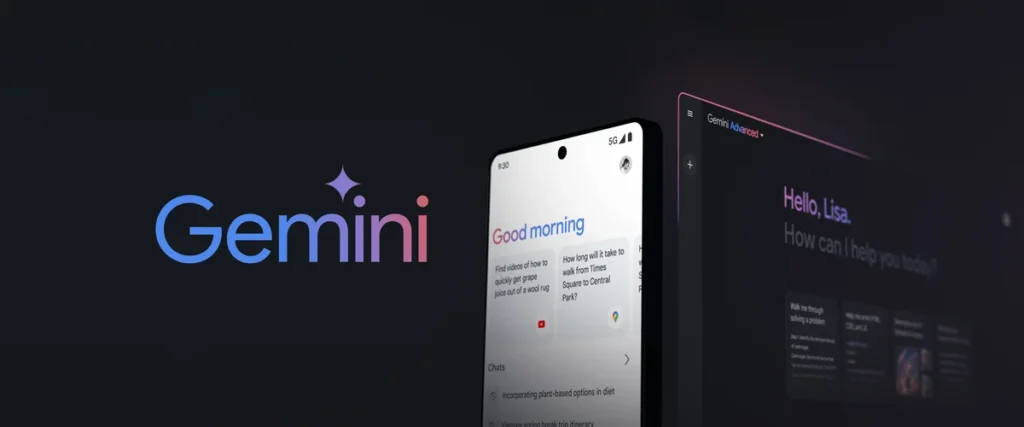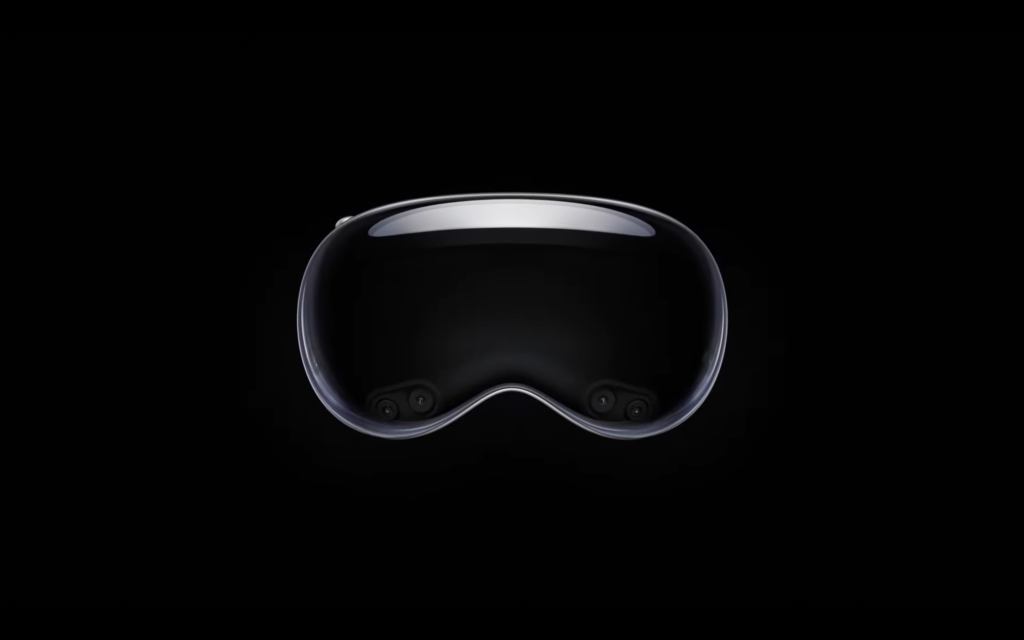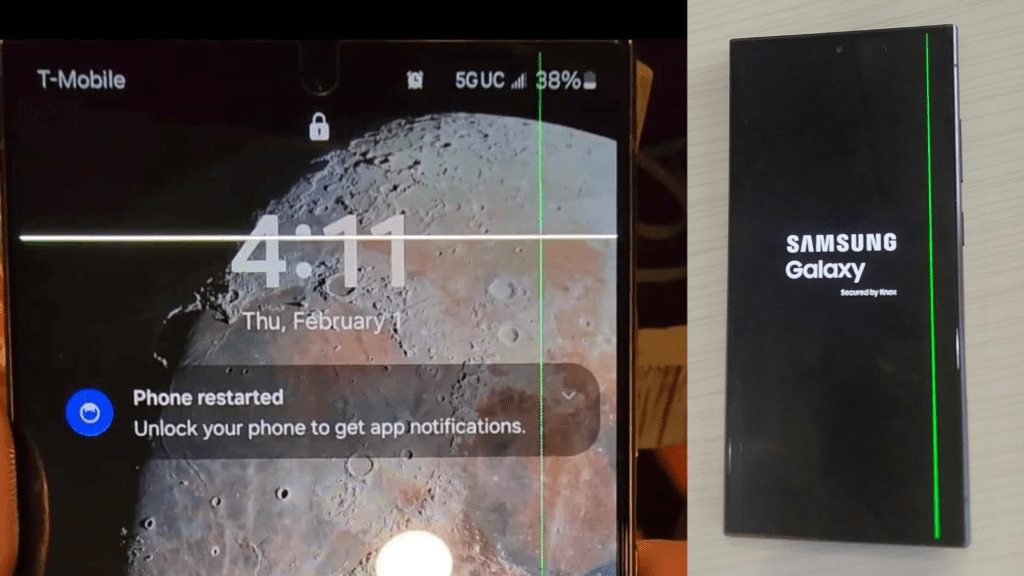It wasn’t just another tech launch when Apple announced the Apple Vision Pro in June 2023 — it was a historic moment in the evolution of spatial computing. Market as a “revolutionary spatial computer,” the Vision Pro fuses AR and VR to completely change how people interact with digital content.
So while the first-generation model laid down the gauntlet the real interest is for the future. Apple isn’t fiddling around; it’s building the foundation for a future in which spatial computing is the norm, perhaps even supplanting smartphones.
In this post, we’ll take a closer look at what’s next for the Apple Vision Pro – including hardware developments, software releases, AI features, enterprise use and how this evolving tech will impact the business world and even consumer space too.

1. Apple’s Long-Term Vision: Beyond the Headset
Spatial Computing as the Next Computing Paradigm
Apple doesn’t just have a habit of reshaping entire industries — from music to communication — with products like the iPod, iPhone and iPad. Vision Pro is Apple’s next big bet: spatial computing following mobile computing.
Instead of phones, laptops and TVs, one day people might prefer to wear a device that projects apps, media and tools directly into their physical surroundings. New visionOS is Apple’s paving the way for this immersive, intuitive, and deeply personalised area of the interface.
2. Hardware Evolution: Making It Lighter, Cheaper, and Everyday-Ready
The first-generation Vision Pro is a banger of a device — but at $3,499, it’s not exactly accessible for the average user. Apple knows this and has already been working to create a more consumer-friendly product.
Lighter and More Comfortable Designs
VR/AR headsets are heavy and even awkward at present. Here’s what Apple is said to be working on:
- Graphite frames for less weight
- Compact micro-OLED displays
- Battery packs integrated and made lighter
A sleeker, more ergonomic design could mean you can actually use these things for a prolonged period, like for work, watching TV or even on your commute with Vision Pro.
A More Affordable Vision Model
There are rumors of a smaller and cheaper “Vision” or “Vision One” model in the works. If it sheds some premium bells and whistles, that model could cost less than $1,500, putting it in the neighbourhood of head-mounted sets like Meta Quest Pro or PlayStation VR2.
Improved Battery Life
The batteries are described as lasting about two hours with the external pack. Anticipate substantial improvements in:
- Chip efficiency
- Battery density
- Thermal management
These will help make the Apple Vision Pro comfortable for longer stretches of time, and will make the headset more ideal for both work and play.
3. Software Ecosystem: visionOS and Developer Innovation
As with how the App Store supported success for the iPhone, the development of visionOS apps will steer whether Apple Vision Pro is targeting mainstream.
Third-Party App Explosion
Early apps, such as Safari, FaceTime and Photos are just some of the apps available. Future use cases may include:
- 3D modeling and Architecture University Requirement: A Laptop With Graphic Card What is the Difference Between a Gaming Laptop and Normal Laptop?
- Game and E-learning platforms with staying power
- Live sports experiences with virtual front row seats
- Floating apps, Virtual desktops and remote workspaces
Apple Services in 3D
Look for Apple to bundle services such as:
- Apple TV+: Envision viewing a movie that allows you to change the viewing angle.
- Fitness+: Digital trainers in your living room, leading workouts in real time.
- Apple Music: Visualizers and interactive lyrics in your environment.
Integrated Apple services will make the ecosystem feel the same as on any other of the company’s platforms — and in 3D — as you would expect.
4. AI and Human-Centric Interaction
The Apple Vision Pro already features hand tracking, eye tracking and voice input — and that’s only the beginning.
Predictive UI with AI
Future devices based on machine learning will learn from your movements:
- Show off tools or apps you Use Highlights couldn’t have existed without!
- Providing shortcuts: Gaze and gesture based
- The pursuit of the intuitive What it means to make designs feel natural.
Personalized Spatial Interfaces
Apple Vision Pro may end up being a digital assistant that learns your pattern. Imagine:
- Having your calendar and to-do list greet you when you wake up
- Your most loved apps by day and night
- Chat-interface based on the language and behavior of your country’s human population
5. Enterprise and Industry: A New Tool for Professionals
While consumer applications could blow people away, its enterprise use cases could result in early adoption in industries such as health care, engineering, education, and remote work.
Remote Collaboration Redefined
Already, apps like Microsoft Teams and Zoom are working on spatial communication features. In a few years, expect:
- Lifelike avatars
- 3D whiteboards for brainstorming
- Live working collaboration on a prototype between continents
Healthcare, Training, and More
- Surgeons could operate with overlays of real-time data.
- Students will be able to experiment with interactive biology or physics models.
- Training for aircraft engineers might occur in virtual environments.
Both for the vocation training but also for being able to fly more efficiently.
6. Toward Sleek AR Glasses: Apple’s 10-Year Playbook
Apple Vision Pro is a mixed reality headset, but Apple’s last product stop will surely be lightweight AR glasses that can work subtly into everyday life.
From Headsets to Glasses
Leaks and patent filings indicate that Apple is working on product the size of glasses. Key features may include:
- Transparent Digital lenses Newspapers The way it works.
- User gestures and voice for natural interaction
- Always-there context-aware displays
It may not come until 2028–2030, but it fits in well with Apple’s mission to make computing both invisible and omnipresent.
Real-Time Context Awareness
Following is the possible roadmap for Apple Vision Pro or AR glasses:
- Translate quickly Translate the spoken word in real time
- When you walk past, show your restaurant reviews
- Superimpose guidance as you drive
- Project repair directions for broken appliance
Such features will blur the boundary between digital and physical reality.
7. Hurdles to Overcome: Not All Is Smooth Sailing
But it is not all rosy for Apple Vision Pro, as Apple needs to play its card strategically.
Cultural and Social Acceptance
Wearing a headset in public can be embarrassing. To change hearts and minds, it’s on Apple to:
- Quite devices stylish and unobtrusive
- Encourage cases that matter
- Promote adoption among celebrities and influencers
If AirPods and Apple Watches can become fashion statements, so can AR gear.
Privacy and Data Protection
From eye movement to voice commands, even environmental mapping, Vision Pro certainly poses privacy concerns.
Apple’s hands-off strategy — on-device processing and rigorous user consent — has to remain robust for trust to grow.
Developer Ecosystem Growth
A strong platform is only as strong as its content. Apple must:
- Provide advanced tools and APIs for spatial development
- Run hackathons and dev support programs
- Spur innovator apps through financial incentives
8. Roadmap: What to Expect in the Next 5 Years
Below is a speculative but realistic timeline based on leaks, analyst and expert predictions, and the trajectory of Apple.
| Year | Milestone |
|---|---|
| 2025 | Launch of affordable Vision model ($1,500–$2,000) |
| 2026 | Expansion of visionOS App Store and enterprise adoption |
| 2027 | Release of Vision Pro 2: lighter, longer battery, improved field of view |
| 2028 | Launch of first-generation AR glasses (limited features) |
| 2029+ | Advanced AR glasses replacing some smartphone functionalities |
Apple builds incrementally but silently, upgrading until it’s perfect. Vision Pro won’t be any different.
9. Conclusion: Apple’s Next iPhone Moment?
The Apple Vision Pro looks at first glance like a luxury toy for tech enthusiasts. But remember — so did the first iPhone.
Apple will polish the product, grow the ecosystem, and reduce the barrier to entry with every generation. Vision Pro might even kick off a new computing revolution that could get us out of screens and into the immersive, spatial future.
From customized interfaces to industry-disrupting apps, there’s a lot Apple Vision can do, and can’t. It could be years in the making, but the seeds of tomorrow’s computing have been planted.
Disclaimer: Information provided is based on publicly available sources and user experiences.
if you have any issue with this Article – Click Here




